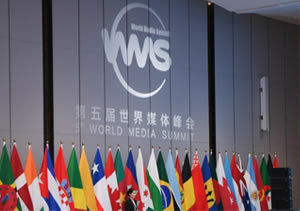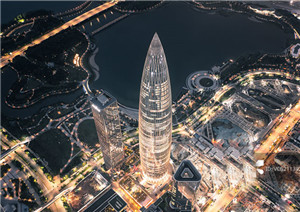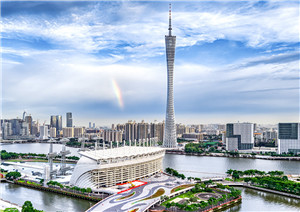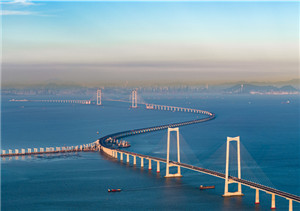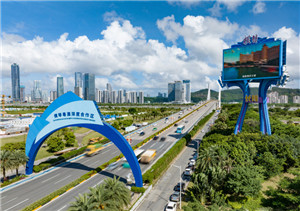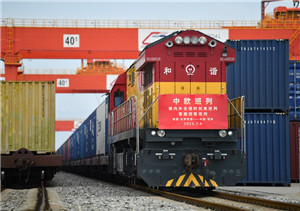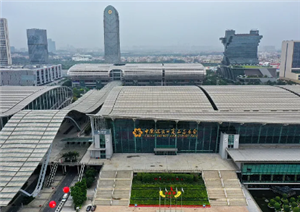Passenger and vehicle trips through the Zhuhai highway port of the Hong Kong-Zhuhai-Macao Bridge (HZMB) set a new record in the first quarter of the year, the highest since the bridge opened in 2018, underscoring the mega bridge's growing role in integrating the Guangdong-Hong Kong-Macao Greater Bay Area (GBA), CCTV reported on Monday.
The port recorded 7.5 million passenger trips in the first quarter, up 23 percent year-on-year, while vehicle crossings soared 31 percent to 1.56 million, both setting new records, according to the HZMB border inspection station.
The vibrant two-way flow of passengers and goods via the bridge is powering deeper integration of the GBA, underscoring its rising value as a transport artery, a Chinese expert said.
The rapid growth of Hong Kong and Macao residents traveling northbound has driven the surge in port traffic. As of Monday, more than 170,000 drivers and more than 140,000 single-plate vehicles from the two special administrative regions (SARs) had been registered, per the CCTV report.
The Chinese central government rolled out the "Northbound Travel for Macao Vehicles" policy on January 1, 2023, allowing motor vehicles with only a Macao registration plate to enter the Chinese mainland via the HZMB. This was followed by the same policy for Hong Kong vehicles on July 1 the same year, which quickly spurred a surge in boundary crossings.
In the first quarter, the HZMB border inspection station processed 880,000 crossings by single-plate vehicles from both SARs, up 34 percent year-on-year, making it the first quarter to exceed 800,000 crossings since the policies began, official data showed.
Driven by the surge in vehicle traffic, the number of residents of both SARs passing through the port rose sharply. In the first quarter, more than 4.1 million trips were recorded, accounting for 54.6 percent of the port's total passenger trips, official data showed.
Growing traffic volumes on the HZMB reflect improving connectivity within the GBA, with the bridge's economic potential gradually being unleashed, Song Ding, a research fellow at the China Development Institute, told the Global Times on Monday.
The bridge primarily links Hong Kong and Macao with the western Pearl River Delta, serving a vast economic zone, Song said. "While traffic volumes will keep growing, its real value lies in not only broadening the 'one-hour living circle' but also driving regional economic integration," he added.
The expansion of mainland cities eligible for individual travel to Hong Kong and Macao has spurred the appeal of tourism routes revolving around the bridge. Starting on January 1, the "once-a-week" travel policy has enabled Zhuhai residents with household registrations to apply for permits for weekly trips to Macao.
Official data showed that 1.5 million visits were made by mainland travelers holding Hong Kong and Macao tourism endorsements in the first quarter, up by 14 percent year-on-year.
Inbound tourism has also thrived, thank to the bridge's direct land link to Hong Kong International Airport and China's broadened visa-free policies. The HZMB border inspection station processed more than 120,000 visits by foreigners in the first quarter, a 22 percent increase year-on-year and a new record.
China has been actively enhancing connectivity across the GBA in recent years. This year's Government Work Report pledged to "boost the capacity for innovation of economically developed regions."
The bridge and tunnel projects in the GBA, such as the HZMB and the Shenzhen-Zhongshan Link, are exceptional globally in both scale and technology, Song said. "Targeted policy refinements, such as cross-boundary traffic facilitation, and stronger regional coordination could further unlock the bridge's full value," he noted and expressed optimism about the long-term expansion of the region's transport network.



